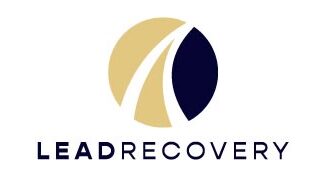When a person who is struggling with addiction also has problems with unstable moods, the person is said to have a dual diagnosis mood disorder. There are many conditions that fall into the category of dual diagnosis mood disorder, all of them involving a history of depression and/or manic moods in a person.
Causes and Influences
It is normal for a person who has gone through major traumatic life experiences to have a depressed mood. Experiences such as illness, loss of important people or things, unsuccessful attempts to reach goals and other negative experiences do appear to cause a depressed mood in general.
Genetics
The exact causes of mood disorders that could be involved in dual diagnosis mood disorder are not known. However, it is known that mood disorders have a genetic basis; a person has a higher risk of developing a mood disorder if one or both parents or a sibling have a mood disorder.
Natural Adaptation
Some professionals have theorized that mood disorders are adaptive responses that help a person deal with situations that could possibly involve danger, loss or wasted effort. Some researchers believe that a depressed mood might be an adaptive response that moves a person away from earlier, maladaptive ways of behaving. A depressed mood could also be a way nature forces one’s body to limit physical activity, such as during an illness. Finally, there appears to be a link between exceptional creativity and certain types of mood problems involved in dual-diagnosis mood disorders.
Alcohol, Drug and Health Influences
Dual diagnosis mood disorder involving major depressive disorder occurs frequently among alcoholics because alcohol has been shown to directly cause MDD. Drugs such as Valium and other benzodiazepines have also been shown to cause MDD. There are many health conditions that will result in MDD such as auto-immune diseases, metabolic disorders and others.
Two Major Categories of Mood Disorders
Depressive Disorders / Major Depressive Disorder (MDD)
Dual diagnosis mood disorder might involve a condition called major depressive disorder. It is a type of disorder involving depression of varying intensity and frequency. It is also known as “major depression” and “clinical depression”. A dual diagnosis mood disorder with major depressive disorder is often not identified by primary care physicians or general hospital practitioners. Accurate diagnosis of major depressive disorder is important because people with MDD have a higher risk of suicide. There are many subtypes of major depressive disorder:
- Atypical Depression (AD)
- Catatonic Depression
- Depressive Personality Disorder (DPD)
- Double Depression
- Dysthymia
- Melancholic Depression
- Minor Depressive Disorder
- Non-Melancholic Depression
- Postpartum Depression (PPD)
- Psychotic Major Depression (PMD)
- Recurrent Brief Depression (RBD)
- Seasonal Affective Disorder (SAD)
Bipolar Disorder (BD)
Dual diagnosis mood disorder sometimes involves a condition known as bipolar disorder. Bipolar disorder causes a person to experience periods of high mood referred to as “mania” that cycle with periods of low, depressed mood. The disorder was once called “manic depression”. Subtypes of bipolar disorder include:
- Bipolar I
- Bipolar II
- Cyclothymia
Treatment
Mood disorders involved in dual diagnosis mood disorder usually response to Cognitive Behavioral Therapy (CBT) and mood stabilizing medications, antipsychotics and/or antidepressant medications as appropriate.

